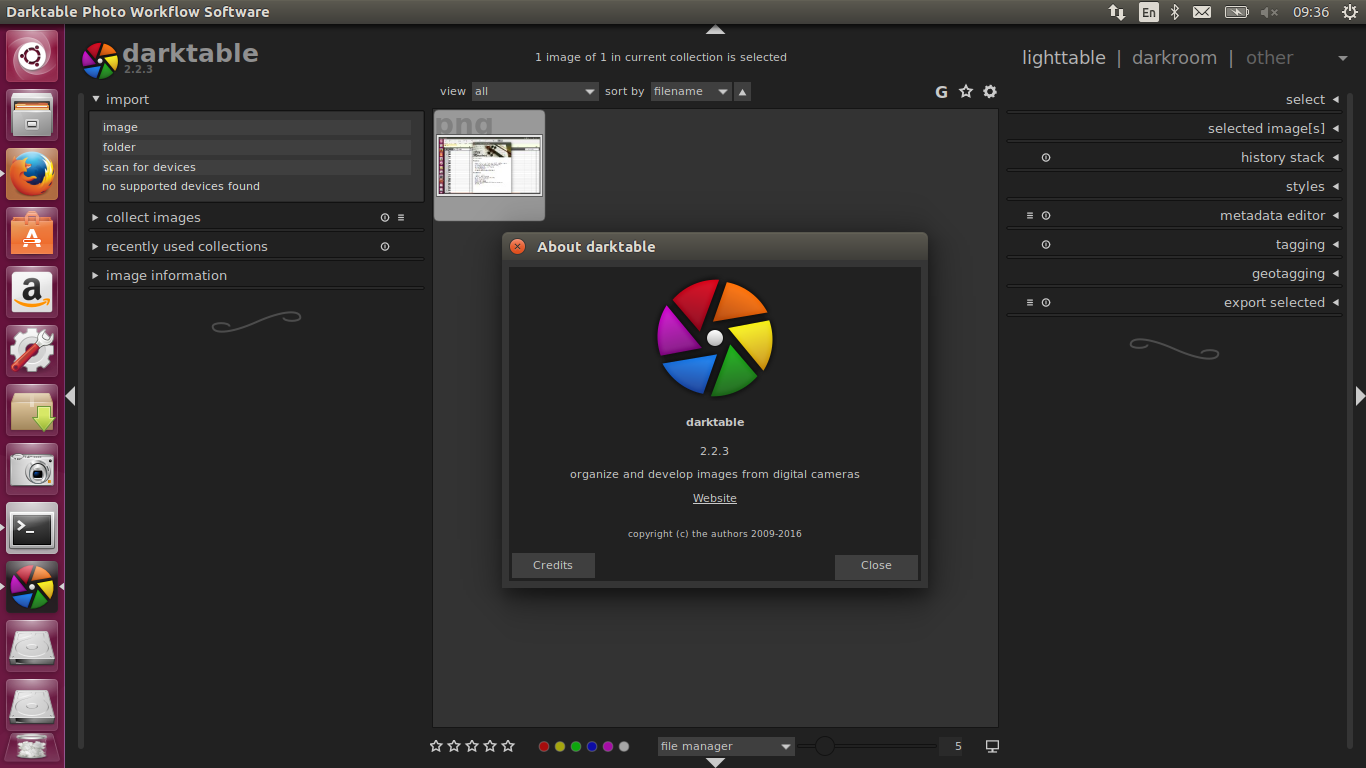

- #DARKTABLE GITHUB UPDATE#
- #DARKTABLE GITHUB MODS#
- #DARKTABLE GITHUB CODE#
- #DARKTABLE GITHUB PASSWORD#
Yes and there are SO many dependencies to have in place before you even think of starting a build. I guess that doesn’t make a lot of sense so let me explain how I build darktable, in case anyone else feels up to the challenge.

The problem is that the final executable is dynamically linked and contains references to dependencies I don’t have.
#DARKTABLE GITHUB CODE#
Actually to the point of getting a success return code out of cmake and a finished binary. So I went my own way and managed to get a good part of the work done. There are no instructions that work out of the box. Trust me when I say I visited ALL the links you can find on Google about this. This has turned out to be bit more of a challenge than I expected, not least because what little documentation exists on this subject is either grossly inadequate or out of date or both.
#DARKTABLE GITHUB UPDATE#
Update the image: docker pull lscr.I’m on a mission to try and build darktable from source.You can also remove the old dangling images: docker image prune.or update a single container: docker-compose up -d darktable.Let compose update all containers as necessary: docker-compose up -d.or update a single image: docker-compose pull darktable.Please consult the Application Setup section above to see if it is recommended for the image.īelow are the instructions for updating containers: Via Docker Compose nextcloud, plex), we do not recommend or support updating apps inside the container. Most of our images are static, versioned, and require an image update and container recreation to update the app inside. docker inspect -f '' lscr.io/linuxserver/darktable:latest.To monitor the logs of the container in realtime: docker logs -f darktable.Shell access whilst the container is running: docker exec -it darktable /bin/bash.
#DARKTABLE GITHUB MODS#
The list of Mods available for this image (if any) as well as universal mods that can be applied to any one of our images can be accessed via the dynamic badges above. We publish various Docker Mods to enable additional functionality within the containers. Uid=1000(dockeruser) gid=1000(dockergroup) groups=1000(dockergroup) Docker Mods You can set any environment variable from a file by using a special prepend FILE_. Users home directory in the container, stores program settings and imagesįor Docker Engine only, many modern gui apps need this to function on older hosts as syscalls are unknown to Docker.Įnvironment variables from files (Docker secrets)

Specify a timezone to use, see this list. For example, -p 8080:80 would expose port 80 from inside the container to be accessible from the host's IP on port 8080 outside the container. These parameters are separated by a colon and indicate : respectively. security-opt seccomp=unconfined ` #optional ` \Ĭontainer images are configured using parameters passed at runtime (such as those above).

docker-compose (recommended, click here for more info) Here are some example snippets to help you get started creating a container.
#DARKTABLE GITHUB PASSWORD#


 0 kommentar(er)
0 kommentar(er)
